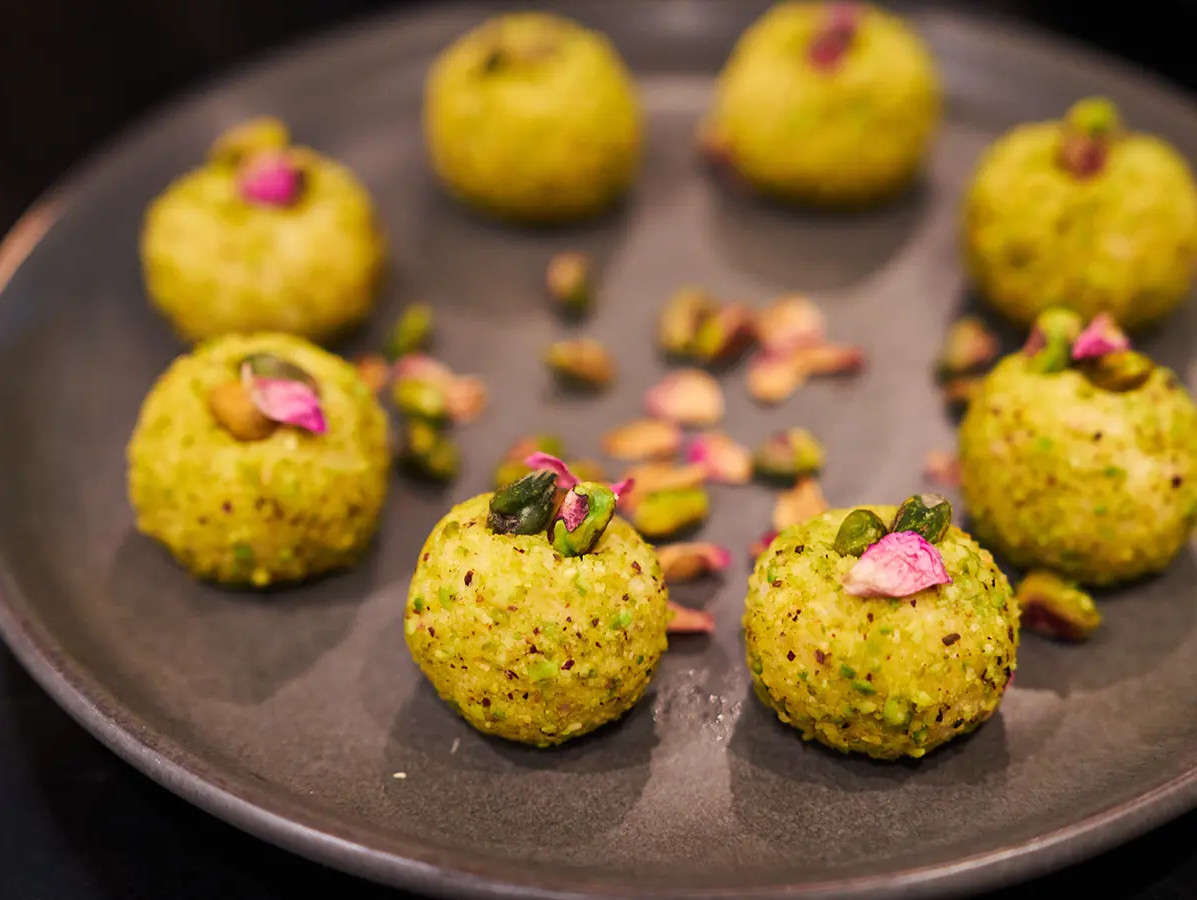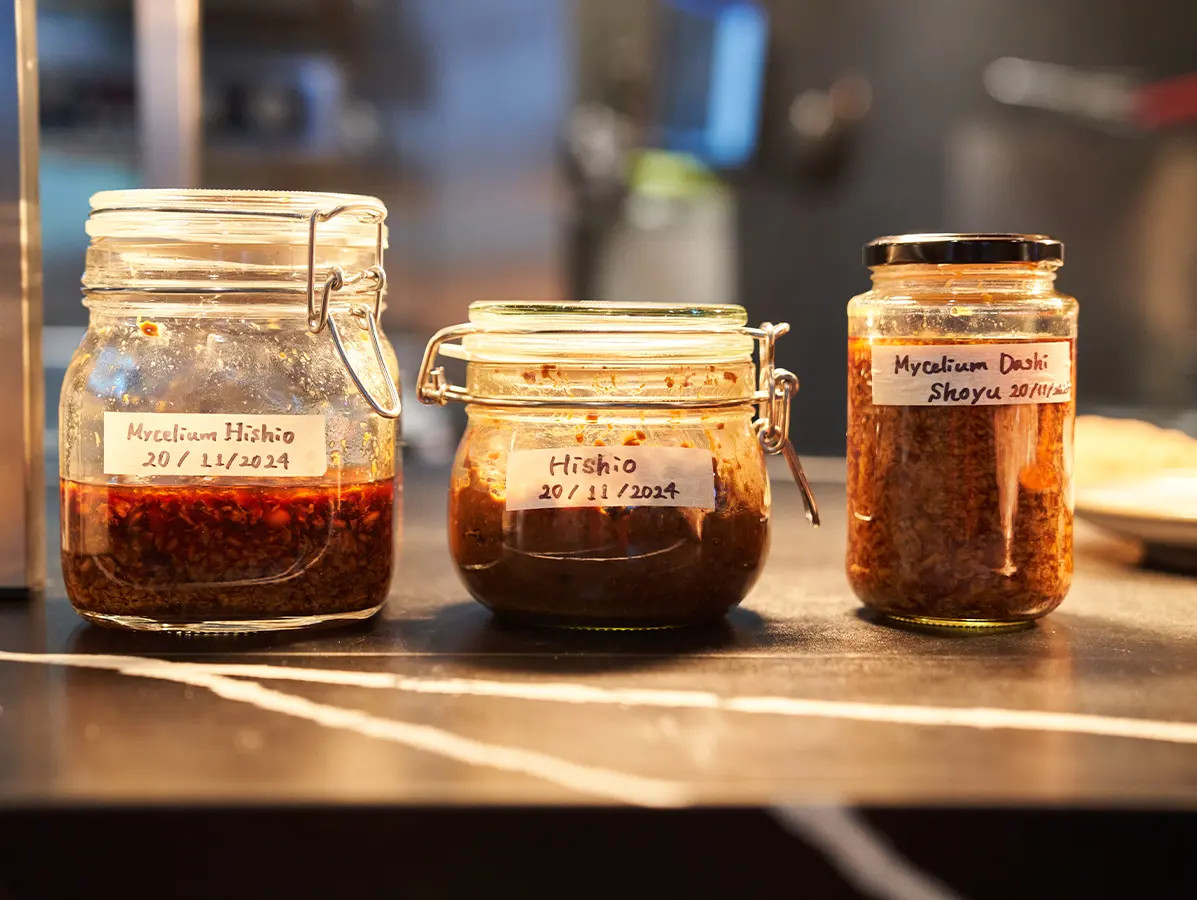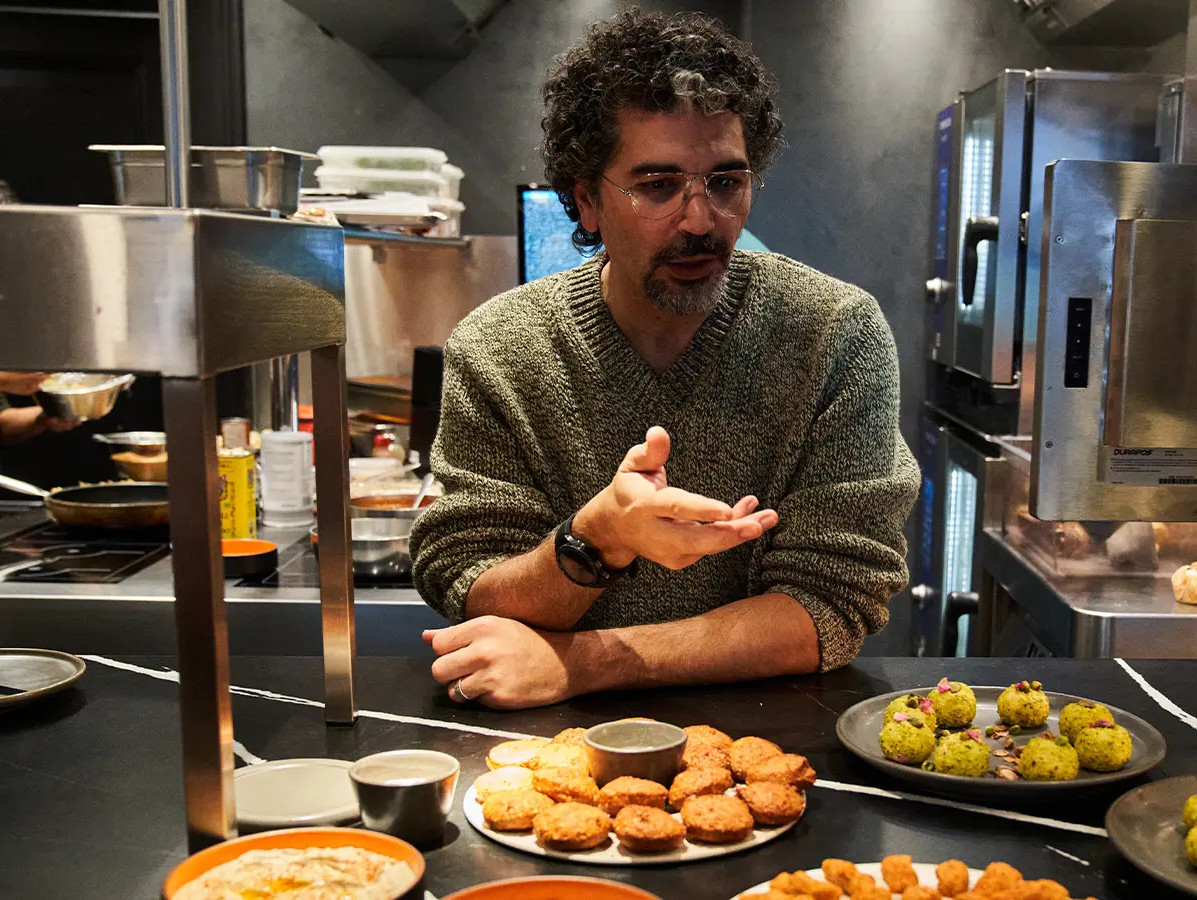
Mycelium has been successfully used as an ingredient in meat substitutes for years. It makes sense—it's sustainable, packed with proteins and fibers, and easily adapts to desired flavors. But the potential of mycelium goes far beyond this. Low Food and Flevo Campus, through the Low Food Lab, are exploring the possibilities.
Mycelium is a term that doesn’t ring a bell for most consumers. However, within the food industry, especially among those involved in the protein transition, it’s well-known. Mycelium is the underground root network of mushrooms. Mycoprotein (fungal protein) is the fermented derivative of mycelium and a favorite ingredient among producers of alternative protein products. In recent years, manufacturers of meat and cheese substitutes have increasingly chosen mycoprotein over other popular plant-based protein sources like soy, wheat, or lupins. Back in the mid-1980s, British meat substitute producer Quorn began using mycoproteins. About 20 years later, when the pioneer’s patents expired, other companies seized the opportunity. In the Netherlands, companies like The Protein Brewery and ENOUGH (a partner of food giant Cargill) began producing mycoproteins for the food sector.
At ENOUGH’s factory in Sas van Gent, Zeeland, mycelium is grown in large tanks (bioreactors) using natural sugars and grains. The result is Abunda, a fiber-rich ingredient consisting of 75% water and 25% fungal proteins. The company produces 1.38 tons of Abunda every hour. Michael Kilkie, Head of Culinary at ENOUGH, explains: “The product is easy to use in the industry. It doesn’t require dehydration or activation, as many other mycoprotein applications do. Simply put, you just add flavorings and other ingredients, mix, shape, and cook.” Mycelium offers several health benefits. The mycoprotein contains 13% protein and 6% fiber. Michael adds: “It’s also cholesterol-free and low in calories due to its minimal sugars and fats. Plus, it contains nine essential amino acids, including zinc and iron, making it a high-quality protein.”

Michael Kilkie, Head of Culinary at ENOUGH
Thanks to its health benefits and fibrous structure, mycelium is ideal for meat substitutes. “Many of our clients are producers of chicken substitutes, including Cargill,” says Michael. But its potential goes far beyond vegan chicken pieces and plant-based brie, he believes. Low Food fully agrees. The platform aims to elevate Dutch food culture on a global scale, particularly in terms of sustainability and inclusivity. In 2024, they partnered with knowledge institute Flevo Campus to establish a Low Food Lab collaboration exploring mycelium’s possibilities. A diverse group of chefs, product developers, and an artist—all working on sustainability in their own way—were tasked with developing innovative, flavorful concepts using mycelium. They were challenged to think beyond the meat/fish/dairy analogs already being explored in the market. The concepts also had to be scalable and appealing to a broad audience. Armed with two kilos of Abunda, participants experimented in their professional kitchens, workspaces, labs, or studios. Techniques ranged from baking and frying to drying and emulsifying. In December, they presented their out-of-the-box concepts during the mid-lab tasting at Hemel & Aarde restaurant in Utrecht.
The creations included beignets, hummus, shrimp-free shrimp toast, falafel, tempeh, bread, sandwich spreads (one chicken-flavored and one tuna-flavored), gnocchi, kibbeh, and crackers. All concepts incorporated mycelium, though the amount varied. For instance, the tofu contained only a small percentage of mycoproteins, while the beignet was made with 50% mycoproteins and 50% lion’s mane mushroom. Many participants struggled to find the right balance between mycelium and other ingredients, as well as between wet and dry components. However, the biggest challenge was mycelium’s lack of flavor, according to Thomas Val (Wils restaurant in Amsterdam) and chef René van der Weijden (Hemel & Aarde). “But,” René notes, “mycelium acts like a sponge—it absorbs flavors, fats, and water extremely well.”

Paradoxically, mycelium’s lack of flavor is actually an advantage for the industry. “Manufacturers can take the flavor in any direction, making it a versatile ingredient suitable for various applications,” says Michael Kilkie. Which concept does he see as having the most potential? “The Mediterranean products, like falafel and hummus. Chef Eyad Khamis (Mama’s Keuken) used one-third mycoproteins in both concepts, but that could easily be increased to 50% or more. Also in terms of techniques, these concepts are also easy to scale in a production environment. The same goes for the bread and gnocchi—scalable, tasty, and accessible.” According to him, there are few obstacles to broader use of mycelium in the food industry. “It’s not a novel food—the product and process share many of the same characteristics as Quorn. Food safety is also covered. Internally, we faced some challenges during scaling, given that we’re working with a living organism, but they were all expected.”

Eyad Khamis, chef Mama’s Keuken
Beyond its versatility, mycelium is an attractive option from a sustainability perspective. It’s up to 15 times more efficient than beef and requires up to 97% fewer resources and CO2 emissions during production (Abunda) compared to beef. Even compared to common plant-based meat substitutes like chickpeas, soybeans, and wheat, mycelium has a lower footprint. Jonah Koppe, food system analyst and product developer at Flevo Campus, is currently mapping the water, land use, and CO2 emissions of various crops and resources, including mycoprotein. It’s a complex exercise, she explains. “For example, chickpeas and soybeans mainly grow in areas facing significant water shortages, making their water usage impact high.”
Over the coming weeks, the Low Food Lab participants will incorporate feedback from the mid-lab tasting into their final concepts. These won’t hit the shelves in two months, Michael predicts. Though, he adds with a smile, “Some concepts are market-ready right now!”
Source: Vakblad Voedingsindustrie 2025